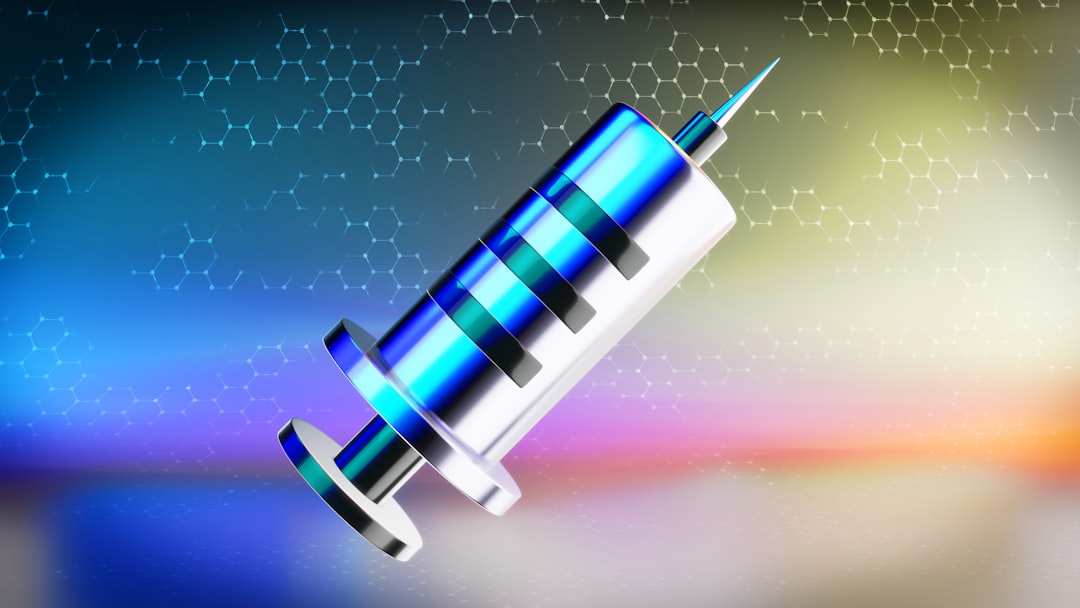What is it about?
Stars in our galaxy have various amounts of elements. Especially metal-poor stars exhibit a large variety in the abundance of r-process elements, which is heavier than iron and thought to be produced through successive rapid neutron capture reactions. We still do not know which celestial objects produced these elements. Coalescences of binary neutron stars have become one of the most plausible candidates. This paper discusses if neutron star mergers reproduce such varieties of the abundances observed for stars by tracing matter from the mergers through the interstellar space.
Featured Image
Why is it important?
Neutron star mergers are one of the sources of gravitational waves that can be detected by current detectors such as aLIGO and VIRGO. By investigating the amount of elements ejected from neutron star mergers and trapped by stars, we are able to estimate the rate of neutron star mergers in our galaxy. On the other hand, the gravitational wave observations will give us the rate in the universe if some neutron star mergers are discovered. Combining such a pieces of information, we will be able to understand the origin of such elements and binary neutron stars.
Perspectives
A neutron star merger has been supposed to eject too much amount of r-process elements, which cannot be reconciled with spectroscopic observations for metal-poor stars. Our point in this study is that we can overcome this difficulty if we take into account the dissipation processes of high velocity matter ejected from this event. The r-process elements from neutron star mergers eventually distribute over a more extended region than previously supposed.
Dr. Toshikazu Shigeyama
University of Tokyo
Read the Original
This page is a summary of: CONTRIBUTION OF NEUTRON STAR MERGERS TO THE r-PROCESS CHEMICAL EVOLUTION IN THE HIERARCHICAL GALAXY FORMATION, The Astrophysical Journal, October 2016, American Astronomical Society,
DOI: 10.3847/0004-637x/830/2/76.
You can read the full text:
Contributors
The following have contributed to this page










